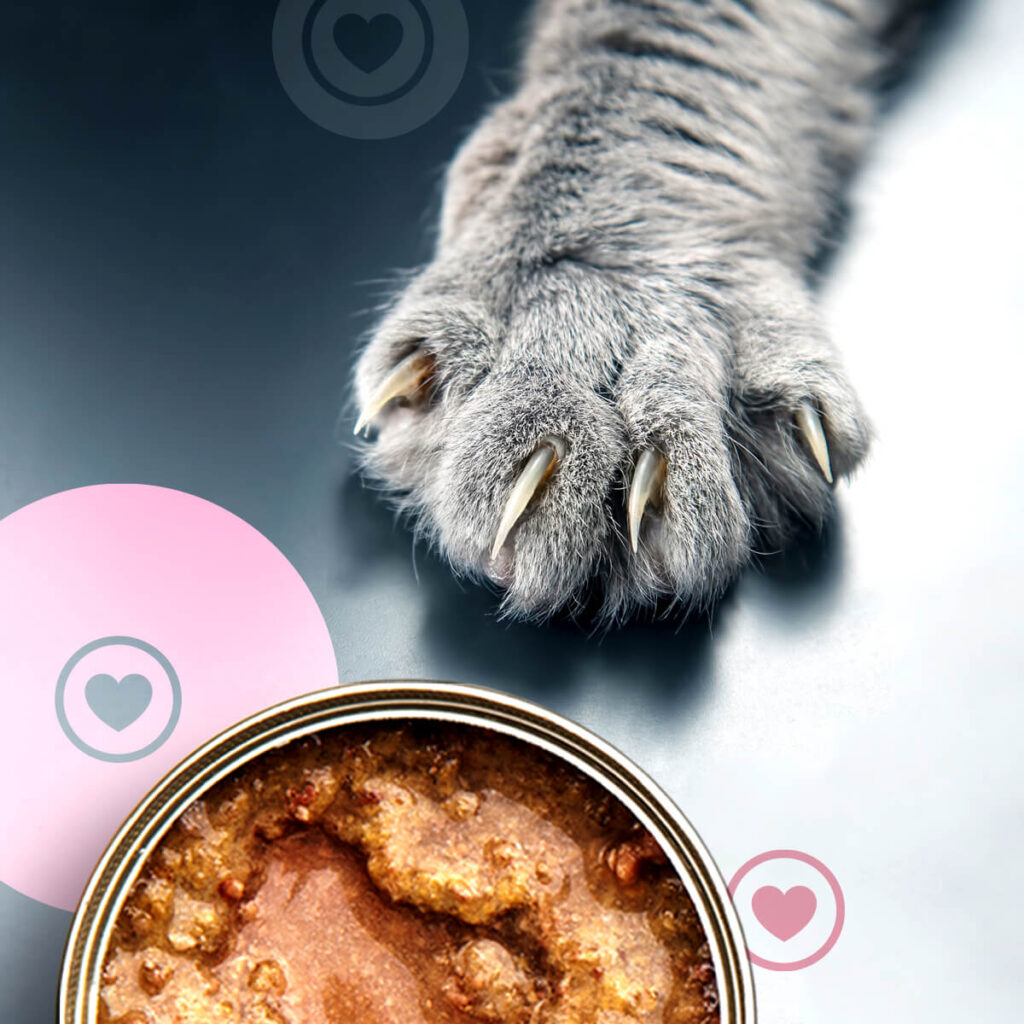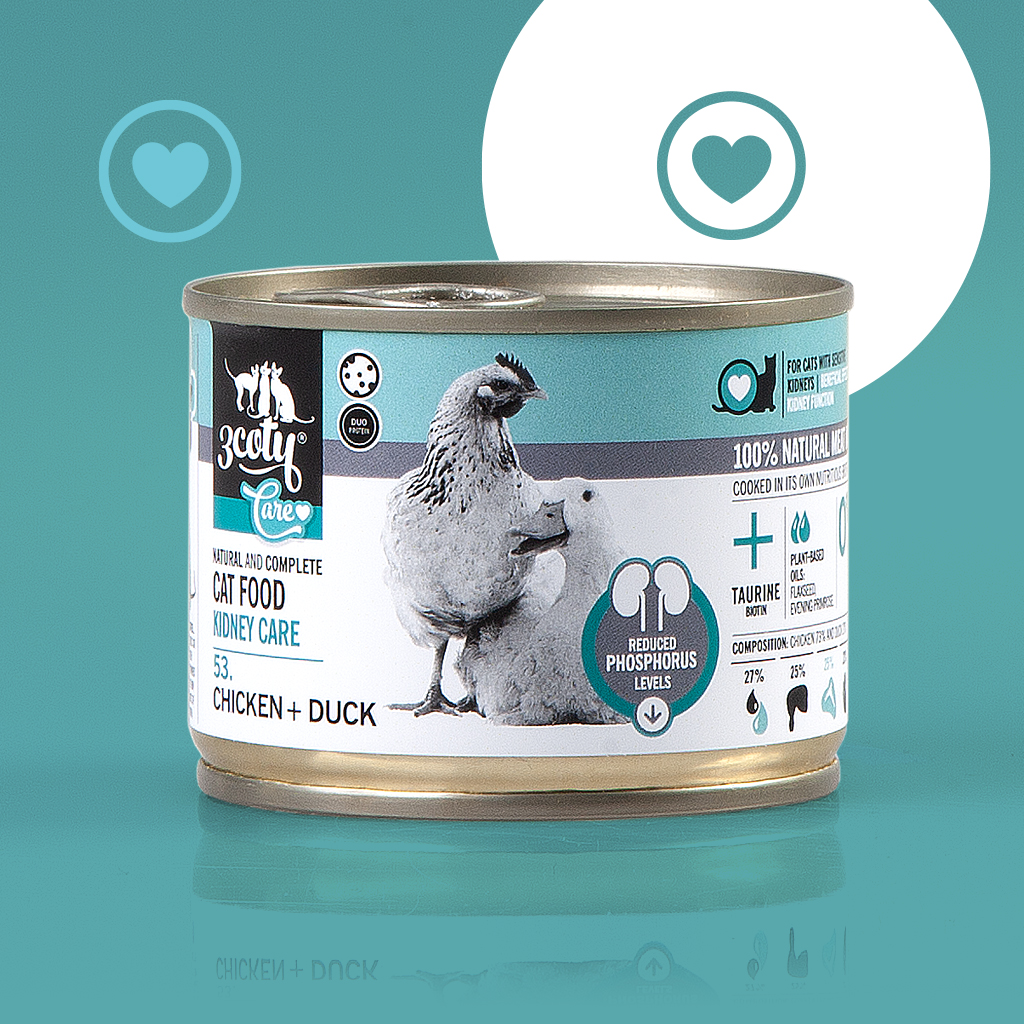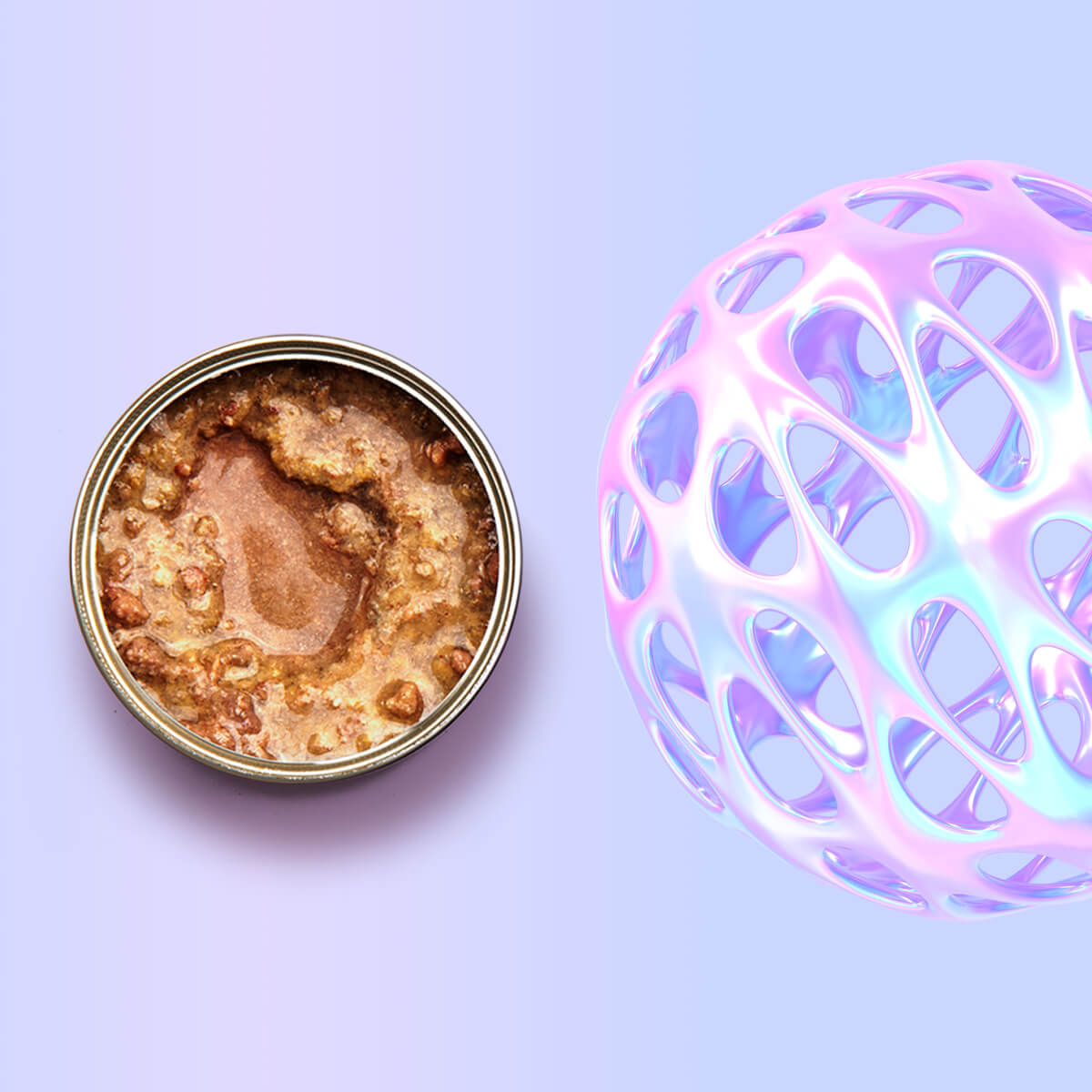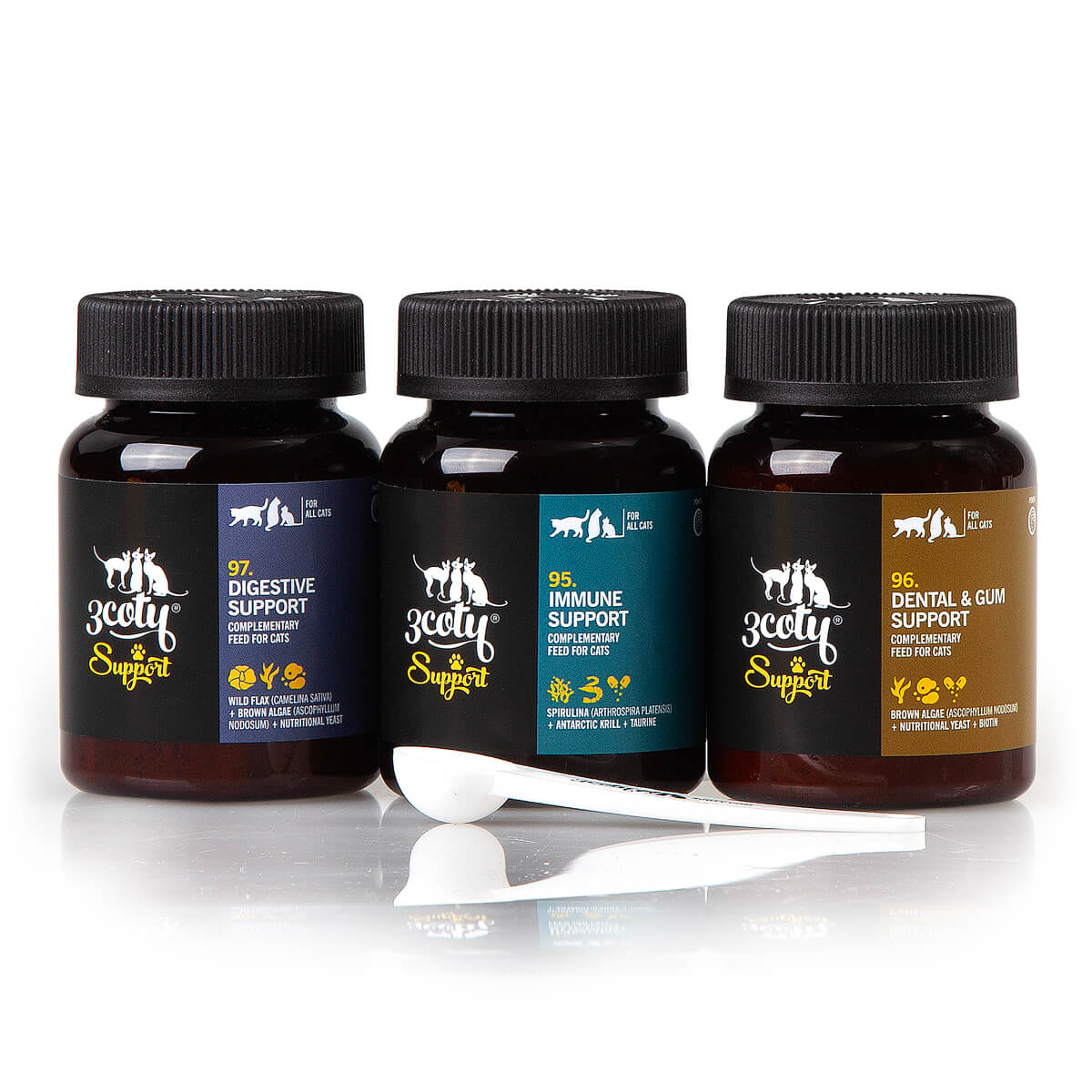The secret power behind healthy claws
We often admire cats for their graceful movements, impressive climbing skills, and lightning-fast reflexes. But have you ever thought about the secret behind these abilities? It all starts with their nails.
Cat nails grow at a steady rate of about 1.5 to 2 millimetres per month. Nail growth can even reflect a cat’s overall health and nutritional status.
Nails are made of keratin, the same strong protein found in hair and whiskers. This material provides the strength and flexibility cats need for hunting, climbing, defence, and grooming. In the wild, claws are essential for catching prey, climbing to safety, marking territory, and gaining traction during fast chases. Domestic cats scratch furniture for the same natural reasons: sharpening claws, stretching muscles, and leaving both visual and scent marks.
Unlike many other animals, cats have fully retractable claws. They extend or withdraw them depending on their mood and needs. When relaxed, the claws are hidden safely in the paw. During play, alertness, stress, or threat, they extend instantly, ready for action. Claws are not only tools but also an important part of feline communication. Big cats like lions, tigers, and leopards share this feature, while cheetahs have semi-retractable claws that remain partly extended to provide traction during high-speed pursuits.
Healthy nails depend on good nutrition. A diet rich in protein, vitamins, minerals, biotin, and Omega-3 fatty acids supports strong growth. Younger and more active cats tend to have faster nail growth, while older cats or those with health issues may grow nails more slowly or unevenly.
Indoor cats often lack enough natural wear and tear to keep nails in shape. This is why trimming is important. Overgrown nails can curl, break, or cause discomfort and injury. Regular trimming maintains comfort, hygiene, and peace at home.
Declawing, once practised in some countries, involved amputating the last bone of each toe. It is now banned in many places, including the European Union, because of its cruelty and long-term damage. The procedure is no longer considered acceptable for feline care.
Monitoring and maintaining nails gives insights into overall well-being. Nutrition is just as important as trimming. This is why 3coty® meat-only recipes are carefully formulated to support every part of a cat’s natural design, from teeth to tail and even claws.
How much do you know about your cat’s nails?
Did you know?
Most cats have 18 claws, five on each front paw including the dewclaw, and four on each back paw. Some cats born with extra toes, called polydactyl cats, have even more.
Claws grow in layers and shed the outer shell naturally when scratching.
Each claw contains a quick, a living part with nerves and blood vessels, which is why trimming too short is painful.
Changes in nail growth or texture may signal health problems such as nutrient deficiencies or infections.
Wild cats share similar claw structures with domestic cats. Lions, tigers, leopards, and jaguars all have fully retractable claws that stay sharp and protected until needed. The cheetah is the exception. Its claws are only semi-retractable, remaining partly extended. This special design gives extra grip during high-speed sprints and makes the cheetah one of the fastest animals on earth.






